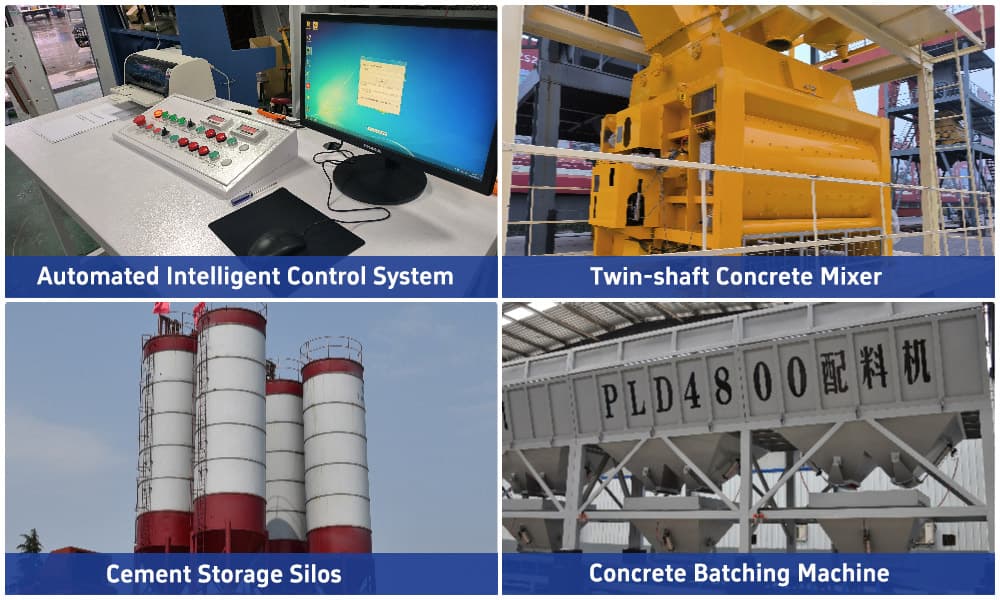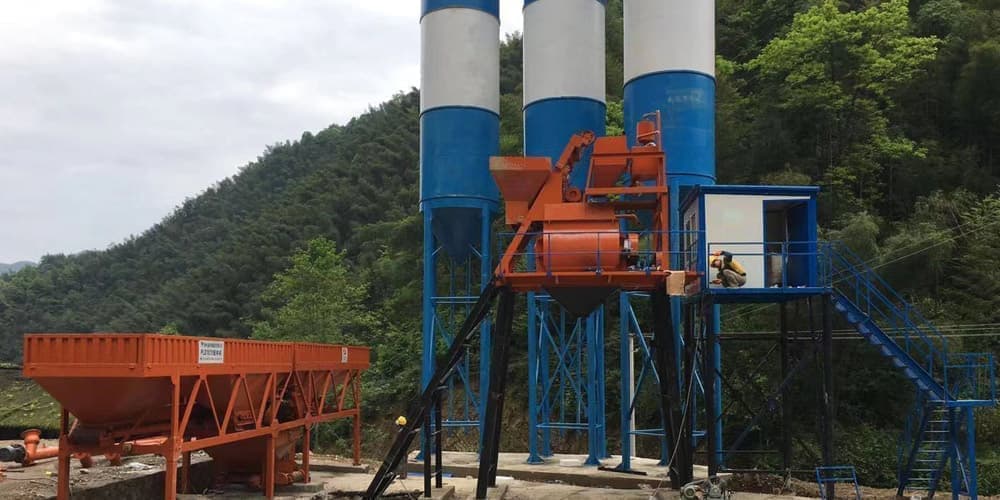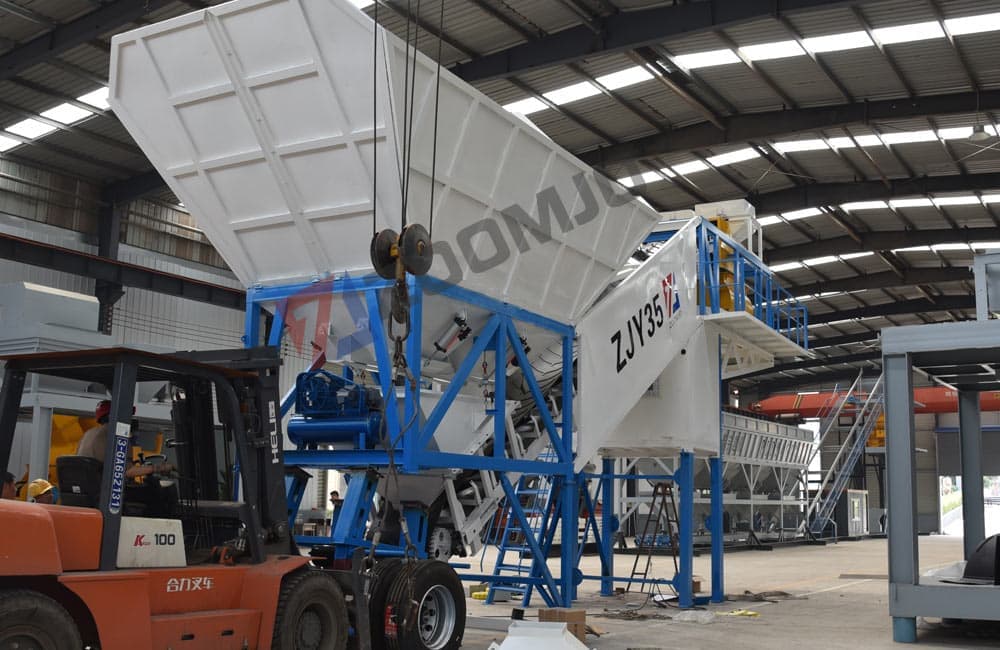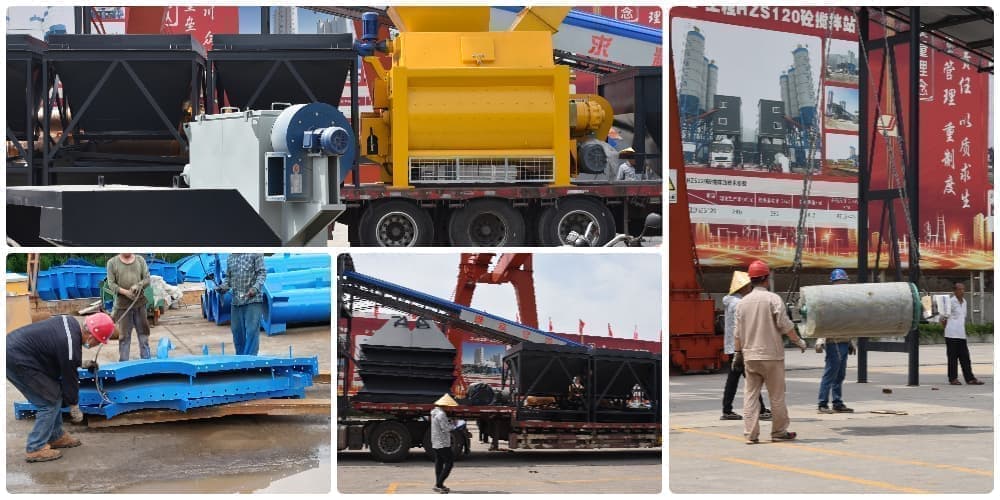How do I start a batching plant (concrete-RMC)? What are the expenses involved in it?

As an expert in the field of concrete mixing plants, I understand that setting up a Ready Mixed Concrete (RMC) plant requires not only technical expertise, but also a thorough understanding of the market, operations and financial management, and that a successful operation of an RMC plant is one of the core facilities in the construction industry, which is capable of providing high-quality concrete products for projects such as infrastructure development and real estate development. Below is a detailed breakdown of the key steps, cost components and profit potential of starting an RMC batching plant from an expert's perspective.

Steps to start a concrete batching plant
As a concrete batching plant expert, I believe that starting an RMC batching plant requires attention to the following key points:
1. Advance preparation and planning is the cornerstone of success
-
Precise market research and positioning: It's not just about understanding the demand, it's about segmenting the market. For example, should you focus on high grade concrete for large infrastructure projects, or should you target small builders and the rural market for ordinary concrete? Different positioning determines equipment selection, production scale and marketing strategy. It is important to have an in-depth understanding of the local distribution of aggregate resources, cement price fluctuations, transport costs and other factors, which will directly affect costs and profits.
-
Thorough business plan and financial forecast: The business plan should be detailed, including market analysis, SWOT analysis, operation plan, financial forecast, risk assessment and countermeasures. Financial projections should be broken down to each cost expense and sensitivity analyses should be conducted to address market fluctuations. Break-even analysis is critical to calculate the time required to reach the break-even point at different prices and volumes.
-
Compliance with legal formalities and environmental assessment: Environmental protection is a top priority. It is important to conduct an environmental impact assessment in advance and obtain approval from the environmental authorities. Understand local building codes, safety regulations, etc. to ensure that all operational activities are legally compliant. In particular, the nature of land use and whether the construction of a concrete batching plant is permitted need to be confirmed in advance.
2. Equipment selection and configuration is the core competitiveness
-
Reasonable equipment selection: Equipment investment is the big head of the initial investment, which should be selected according to the production scale, concrete type and budget.
-
Mixing machine: Forced mixer is the mainstream, according to the production capacity to choose single horizontal axis or double horizontal axis mixer. We should pay attention to the mixing efficiency, wear resistance and maintenance cost of the mixer.
-
Batching system: Adopt high-precision weighing system to ensure the accuracy of batching, which directly affects the quality of concrete. Aggregate batching machine should be selected according to the type of aggregate and particle size.
-
Conveying system: Belt conveyor, inclined belt conveyor, screw conveyor, etc. Choose according to the site layout and conveying distance.
-
Control system: The automated control system is the standard of modern mixing plant, which can improve the production efficiency, reduce the labour cost and ensure the quality of concrete. Choose a stable, reliable and easy-to-operate control system.
-
Other equipment: cement silo, aggregate silo, admixture tank, mixer truck, etc., according to the actual needs of the configuration.
-
Equipment layout and site planning: a reasonable site layout can improve production efficiency and reduce material transport costs. Material stacking, equipment installation, vehicle access, drainage and other factors should be considered.
-
Feasibility of second-hand equipment: In the case of limited budget, you can consider buying or leasing second-hand equipment, but carefully check the condition of the equipment, and carry out the necessary repairs and maintenance.
3. Operations management and quality control are guarantees of sustainable development
-
Stable supply of raw materials: We have established long-term relationships with many suppliers to ensure stable supply and quality of raw materials. Pay attention to the price fluctuation of raw materials and take corresponding countermeasures.
-
Efficient production management: establish a perfect production management system, including production planning, material management, equipment maintenance and quality control.
-
Strict quality control: establish a perfect laboratory, equipped with professional testing equipment and personnel, to strictly test the raw materials, production process and finished products to ensure that the quality of concrete meets the standards.
-
Professional team building: It is crucial to have an experienced management team and technical team. Attention should be paid to staff training to improve their professional skills and safety awareness.
-
Effective marketing strategy: Develop an effective marketing strategy for the target customer groups, including online and offline promotion and customer relationship maintenance.
Concrete batching plant cost details (as an example of small and medium-sized batching plant)
The cost of a ready-mix concrete plant varies widely, typically ranging from $35,000 to $350,000. Numerous factors affect the cost, including production capacity, type of equipment, quality of equipment, operating costs, and the cost of the project site.
Initial investment: equipment is the core, site and infrastructure are the foundation
Initial investment mainly includes land/site lease or purchase, equipment purchase, infrastructure construction, and other related costs.
-
Land lease/purchase: This is determined by the lot, size and type of lease/purchase, and costs vary widely. The cost of land will be higher in urban or well-connected suburban areas. It is recommended that leasing be prioritised to reduce initial investment pressure.
-
Equipment Purchase: This is the bulk of the initial investment and a key factor in productivity and concrete quality. The cost of equipment is directly related to production capacity, automation and quality of equipment. Below is a more detailed equipment cost estimate:
-
Mixing system (main mixer): $5,000 to $100,000. Small concrete plants tend to use single horizontal shaft forced mixers, while medium to large plants tend to use double horizontal shaft forced mixers, which are more efficient but also more expensive.
-
Conveying system: US $10,000 to US $70,000. Includes aggregate conveyor belts, inclined belt conveyors, screw conveyors, etc., chosen according to site layout and conveying distance.
-
Weighing Systems: $9,000 to $40,000. Highly accurate weighing systems are key to concrete quality and include aggregate, cement, water and admixture weighers.
-
Storage systems (silos): $15,000 to $70,000. Includes cement silos, fly ash silos and aggregate silos, etc. The capacity and number of silos are determined according to the scale of production and raw material consumption.
-
Control system: US $20,000 to US $90,000. An automated control system will improve production efficiency, reduce labour costs and ensure consistent concrete quality.
-
Mixer trucks: Depending on distance and demand, prices can range from tens of thousands of dollars per truck. Outsourcing can be considered to reduce the initial investment.
-
Infrastructure development: RMB 100,000 to 300,000 (about US$14,000 to US$42,000). Includes site levelling and hardening, weighbridge, fencing, offices, laboratories, water, electricity and roads, etc., in compliance with environmental protection and safe production requirements.
-
Other costs: 50,000 to 100,000 RMB (about US$7,000 to US$14,000). Including EIA, business registration, and various licence fees.
Operating costs: raw materials and transport are the main expenses
Operating costs are ongoing expenses that need to be managed carefully to improve profitability.
-
Raw materials: This is the main component of operating costs, including cement, aggregates (sand, stone), water and admixtures. The price of raw materials fluctuates greatly, so it is necessary to pay close attention to market conditions and establish stable relationships with a number of suppliers.
-
Labour wages: Including the wages of management personnel, operators, maintenance personnel and drivers. Reasonable staffing and remuneration system can improve the efficiency and stability of employees.
-
Water and electricity costs: The power and water consumption of the mixing plant is large, so it is necessary to take energy-saving measures to reduce costs.
-
Equipment maintenance: Regular maintenance can prolong the service life of the equipment and reduce the failure rate, thus reducing the maintenance cost.
-
Transportation cost: This is another important expense, depending on the transport distance, the number of vehicles and fuel prices and other factors. Reasonable planning of transport routes and the choice of suitable transport modes can effectively reduce costs.
-
Management costs: including office costs, insurance, taxes, etc..
Production capacity and equipment selection: according to the needs of the configuration, to avoid waste.
According to production capacity, RMC plants can be classified as small, medium and large. Below are the equipment configurations and cost estimates for plants of different sizes:
| Production capacity | Equipment Model | Equipment Cost Estimate (USD) | Remarks |
|---|---|---|---|
| Small | HZS25/YHZS25, HZS35/YHZS35, HZS50/YHZS50 | 25,000-60,000 | Suitable for small projects and rural market, with smaller investment and high flexibility. |
| Medium-sized | HZS60/YHZS60, HZS90/YHZS90, HZS120/YHZS120 | 70,000-210,000 | Suitable for medium-sized projects and urban market, with high productivity. |
| Large-sized | HZS180, HZS240 | 210,000-360,000 | Suitable for large infrastructure projects with high production capacity, but also higher investment. |
Highlight:
-
Mobile mixing plant (YHZS series): Suitable for projects with short construction period and unfixed site, such as highway and bridge.
-
Equipment quality: Choosing well-known brands and reliable quality equipment, although the initial investment may be higher, it can reduce the maintenance cost and failure rate in the later stage, and improve the production efficiency and product quality.
-
Customised solutions: According to your own needs and budget, you can communicate with equipment suppliers to customise specific solutions to maximise resources and reduce investment costs.
Profitability analysis: are ready-mixed concrete plants profitable?
With effective management and rational planning, RMC batching plants can be realised at a substantial profit. However, it should be noted that profitability is not static, it is closely related to market environment, operational efficiency, cost control and other factors.
1. Revenue potential: the combined effect of scale, market and pricing
The revenue potential of an RMC batching plant depends on three main aspects:
-
Scale of operations: The larger the production capacity, the higher the potential revenue. However, at the same time, the initial investment and operating costs will increase accordingly.
-
Local market demand: Market demand has a direct impact on sales volume. Adequate market research is needed to understand the size of the local construction market, its growth trends and the main customer groups.
-
Product pricing: Concrete prices are affected by a number of factors, including raw material prices, production costs, transport distances, competition, concrete grades and quality.
More specific revenue estimation methods:
Rather than simply estimating revenue by multiplying a fixed price by the volume of production, a more refined approach is preferable:
-
Pricing for different grades of concrete: Different grades of concrete (e.g., C20, C30, C40, etc.) have different production costs and should be sold at different prices.
-
Consider the impact of transport distance: the further the distance, the higher the transport costs, which should be reflected in the pricing.
-
Analyse historical sales data and market conditions: Make reference to local historical concrete prices and market supply and demand to develop a reasonable pricing strategy.
Example:
Assume a medium-sized RMC batching plant with a HZS90 stationary concrete mixing plant produces an average of 20,000 cubic metres of concrete per month. The average selling price is between US$80 and US$130 per cubic metre, depending on the grade of concrete and the distance to be transported. Monthly revenues could then be between US$1.6 million and US$2.6 million, rather than simply using a fixed price calculation as in the previous example.
2. Profitability: cost control is key
Profit margins in the RMC industry are typically between 10 and 20 per cent, but actual profit margins will vary depending on the efficiency of a company's operations and its ability to control costs. The following are the main factors affecting profit margins:
-
Raw material costs: Cement, aggregates and admixtures are the main cost components, and their price fluctuations have a direct impact on profit margins.
-
Labour costs: Reasonable staffing and compensation systems can improve efficiency and reduce labour costs.
-
Energy costs: Electricity and water are important operating costs, and energy-saving measures can effectively reduce this part of the expenditure.
-
Equipment maintenance costs: regular maintenance can extend the life of the equipment, reduce the failure rate, thereby reducing maintenance costs.
-
Transport costs: Reasonable planning of transport routes and the choice of suitable transport methods can effectively reduce costs.
-
Management costs: including office costs, insurance costs, taxes, etc., need to be effectively controlled.
An effective way to increase profitability:
-
Optimise production processes: Improve production efficiency and reduce waste.
-
Establish long-term relationships with suppliers: obtain more favourable prices for raw materials.
-
Adoption of advanced production technology and equipment: Increase automation and reduce labour costs.
-
Enhance cost control: Strictly control all expenditures and improve the efficiency of capital utilisation.
-
Provide value-added services, such as technical advice and concrete construction guidance, to increase customer satisfaction and loyalty.
3. Breakeven analysis: Understanding the bottom line.
A break-even analysis is an important tool for assessing the viability of a project, and it can help a company understand how much concrete it needs to sell in order to recoup its costs.
-
Break-even point (volume) = Fixed costs / (Unit selling price - Unit variable costs)
-
Fixed Costs: Costs that do not vary with production, e.g. plant rent, equipment depreciation, management salaries, etc.
-
Unit selling price: The selling price per cubic metre of concrete.
-
Unit variable cost: Costs that vary with production, e.g. raw material costs, labour costs (partial), energy costs, etc.
Example:
Assume an initial investment of US$2 million (which can be considered as a partial fixed cost), a monthly fixed cost of US$100,000, a unit selling price of US$100 per cubic metre, and a unit variable cost of US$70 per cubic metre.
Break-even point (sales volume) = 100,000 / (100 - 70) = 3333 cubic metres/month
This means that a minimum of 3,333 cubic metres of concrete needs to be sold each month to recover the operating costs for that month. Together with the recovery of the initial investment, it will take even longer to achieve profitability.
A better break-even analysis should be considered:
-
A phased break-even point: for example, a break-even point for recovery of operating costs, followed by a break-even point for recovery of the entire investment.
-
Break-even points under different scenarios: e.g., consider the impact of unfavourable factors such as rising raw material prices and falling sales prices.
4. Long-term considerations: responding to market volatility and expanding the scope of business
There are cyclical fluctuations in the construction industry, and in order to stabilise revenue, RMC batching plants need to take the following steps:
-
Provide diversified products: In addition to ordinary concrete, we can also produce high-performance concrete, lightweight concrete, special concrete, etc. to meet the needs of different customers and expand our market share.
-
Establish solid customer relationships: Establish long-term relationships with large builders and contractors to obtain stable orders.
-
Expand business scope: e.g. provide concrete pumping services, ready-mixed mortar, etc. to increase revenue sources.
-
Pay attention to market changes: Pay close attention to changes in construction industry policies and market demand, etc., and adjust business strategies in a timely manner.
Summary:
The investment in starting a concrete mixing plant is a complex decision that requires comprehensive consideration of various factors. This article provides a detailed analysis and estimation of the initial investment, operating costs, equipment selection and project site costs from the perspective of a concrete mixing plant expert, in the hope that it can provide a valuable reference for your investment decision. In practice, it is recommended that you conduct detailed market research and financial analysis, and consult professional industry consultants to minimise investment risks and increase the success rate.

 English
English 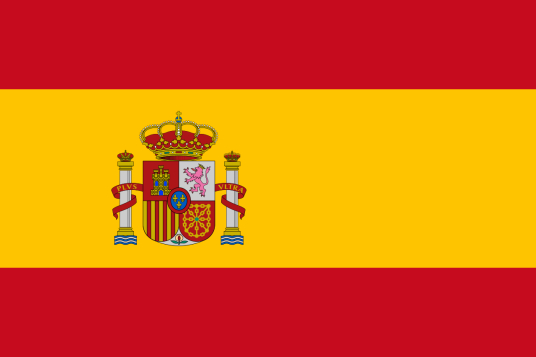 Español
Español  简体中文
简体中文  Pусский
Pусский  українська
українська 